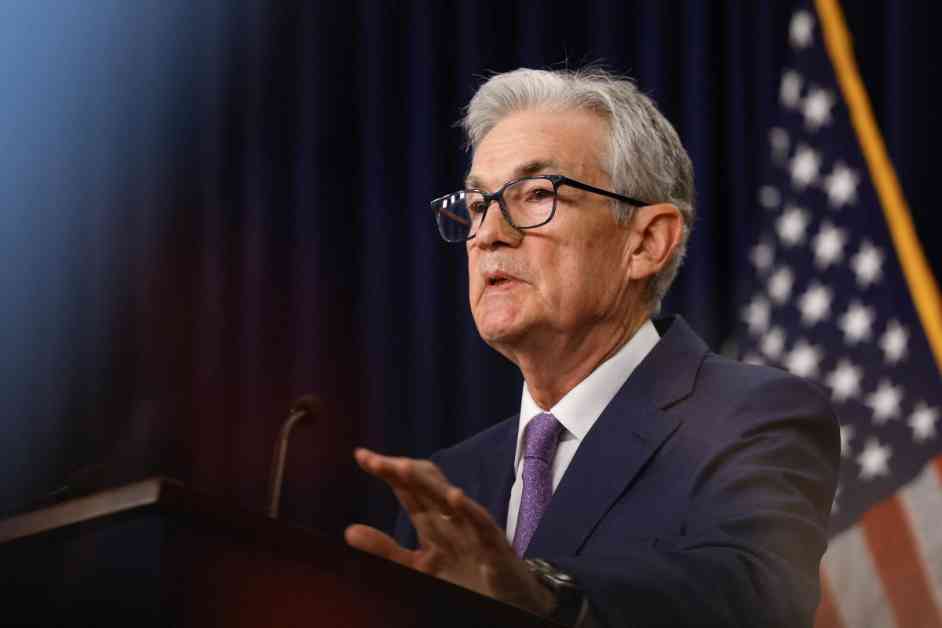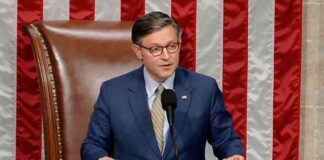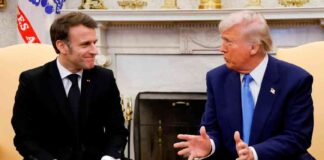The Federal Reserve’s Strategy to Achieve 2% Inflation Target Explained
US inflation remained in line with expectations in July, with the Consumer Price Index showing a 0.2% increase from June to July. This marks a 2.9% gain from the same period a year ago. Core prices, which exclude the costs of food and energy, also rose by 0.2% month over month. These figures have kept the door open for a potential interest rate cut in September as the Federal Reserve continues to work towards its long-term inflation target of 2%.
Federal Reserve Chair Jerome Powell recently indicated that the central bank is nearing the point where a rate cut may be necessary. While Powell did not provide specifics on the potential rate cut, the Fed’s focus on achieving its 2% inflation target remains a key driving force behind its policy decisions.
Why is the target set at 2%?
Inflation data plays a significant role in shaping Fed policy due to the central bank’s dual mandate of promoting maximum employment and price stability. While there is no explicit definition for maximum employment, inflation expectations have been anchored to 2% since 2012.
Economist David Wilcox explains that the 2% target provides the Fed with the flexibility to adjust policy as needed to support the overall health of the economy. Having a buffer allows the Fed to lower interest rates during normal times, providing room for action in the event of an economic downturn. This flexibility is crucial for the Fed to effectively manage economic conditions and support growth.
The Evolution of the 2% Inflation Target
The 2% inflation target has become a standard for central banks around the world, but its origins can be traced back to an unexpected source. In 1988, New Zealand’s Finance Minister, Roger Douglas, mentioned in a television interview that he aimed to bring inflation down to a range of 0% to 1%. This off-the-cuff remark set the stage for establishing an official inflation target.
Former Bank of New Zealand Governor Don Brash expanded on Douglas’ idea and advocated for a 2% inflation target to provide policymakers with greater flexibility. This approach gained traction in other countries, including Canada and England, before being adopted by the Federal Reserve in 2012 under Chairman Ben Bernanke.
Bernanke’s decision to formalize the 2% target marked a shift towards greater transparency in monetary policy. By clearly communicating the Fed’s objectives, Bernanke aimed to enhance the effectiveness of monetary policy and promote economic stability.
The Debate Over Inflation Policy
Despite the widespread adoption of the 2% target, critics have raised concerns about its effectiveness. Some argue that the target should be set higher than 2% to support robust economic growth. Congressman Brad Sherman has questioned whether the Fed’s current inflation policy is sufficient to sustain the economy, highlighting the delicate balance between growth and stability.
Others have criticized the Fed’s focus on inflation to the detriment of other economic indicators, such as the labor market. Calls for a broader numerical target to address the Fed’s dual mandate have sparked discussions about the need for a more holistic approach to monetary policy.
Looking Ahead: The Fed’s Review of its Monetary Policy Framework
The Federal Reserve conducts a review of its monetary policy framework every five years to assess its effectiveness and make adjustments as needed. With the latest review set to begin this year, Fed officials have committed to a thorough examination of their policy strategy, tools, and communication practices.
In response to persistent inflation challenges following the pandemic, the Fed introduced a new policy in 2020 known as “average inflation targeting.” This approach aims to achieve inflation that averages 2% over time, providing greater flexibility to respond to changing economic conditions.
As the Fed navigates the complex landscape of inflation policy, it will be essential to strike a balance between supporting economic growth and maintaining price stability. By revisiting its policy framework and communication practices, the Fed can adapt to evolving economic conditions and ensure its policies remain effective in achieving its dual mandate.
In conclusion, the Federal Reserve’s strategy to achieve its 2% inflation target is a dynamic and evolving process that requires careful consideration of economic data, policy tools, and communication strategies. By maintaining a focus on price stability and economic growth, the Fed can effectively navigate the challenges of inflation and support a healthy and resilient economy.






















